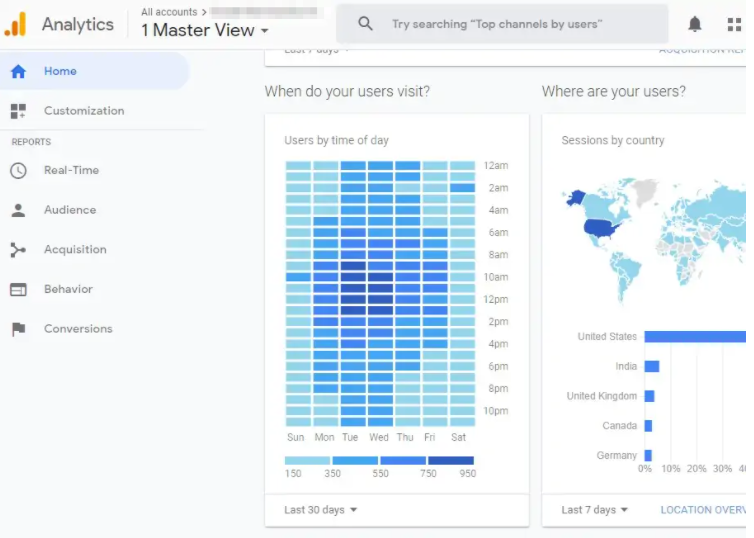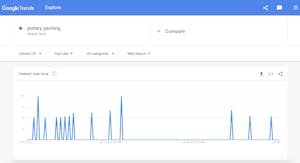- 11 minute read
- Digital Marketing
- Pay-Per-Click
Beginner,
Intermediate
Join hundreds of other operators and REGISTER NOW for Spark 2024 New Orleans October 13-15th!

Once you’ve developed a winning PPC strategy, you might be wondering how to take your ads to the next level. It’s likely the majority of your clicks happen during peak times specific to your audience, and you can capitalize on this with time targeting.
Time targeting refers to scheduling your ads to reach your audience during a set time period, such as certain times of day or days of the week. This advanced PPC tip will help you boost engagement and reach your audience when you know they’re online and likely to convert.
To use time targeting to your advantage, the first step is to determine when your audience is active and likely to convert. When you initially set up your PPC ads, the default setting on Google Ads is to display them all day. This means you’re likely running ads even when your audience is offline.
The homepage of Google Analytics shows users by time of day, giving you a general idea of when your audience typically visits your page. Next to the time of day overview, you’ll also see sessions by country. This allows you to target the time zones the majority of your visitors are in.

Beyond focusing on the time of day, you can create custom reports in Google Analytics for day of the week, day of the month, hourly and daily conversion reports, and more. Get started with these custom reports.
You should also view an analysis of your campaign data in Google Ads to identify the days and time periods with the highest conversion rate. In Google Ads, navigate to “Dimensions,” hover your cursor above “Time,” and click “Day of the Week.”
Does your business get a lot of walk-in customers? Setting your PPC ads to run during your working hours is a great way to drive additional walk-in traffic, especially if your local SEO game is strong. Many visitors search for things to do in their area when they arrive at a destination. You can capture these last-minute and walk-in bookings by advertising during peak business hours and days of the week.
If your business gets many international travelers, it’s worth taking a look at your Google Analytics and Google Ads data to see exactly where they’re coming from and using time targeting to schedule ads consistent with their time zone. Certain time periods will perform better in different geographical areas, so you can drive traffic and bookings even when your business is closed.
By limiting when your ads appear on the SERP, you might find more wiggle room in your budget to play around with your keyword bids. If possible, increase your bids around your most profitable times of day or days of the week to improve your ad rank.
Let’s say you run a pottery studio and you want to reach people searching for information about pottery painting. Using Google Trends, you can see that search volume for this query peaks in the mid afternoon and evening, so that’s a good time to schedule your ads.

However, high search volume isn’t everything. Conversions are what count in terms of selling your pottery classes. Use the custom Google Analytics reports mentioned above as well as the Google Ads hour of day report to identify the times of day when users are most likely to take action on your site.
This way, you can effectively balance your ad schedule to reach new users during high search volume hours and increase your chances of getting conversions.
Take a look at how your ad budget gets spent daily. In Google Analytics, go to “Acquisition” > “Google Ads” > “Hour of day” to see when you spend your money. For example, if you spend all of your Google Ads dollars early in the day, your spend peaks and then drops off midday when you run out of budget. You could be missing out on additional opportunities later in the day. Identify when you get the most traffic and conversions and set up a custom ad schedule to reserve your budget and ensure your ad spend doesn’t go to waste.
Now you’re ready to make the most of your ad spend! Time targeting not only helps you save money, but it also makes your ads more likely to convert. Every dollar counts, so be sure to take a look at our checklist for operating with a lower PPC budget.